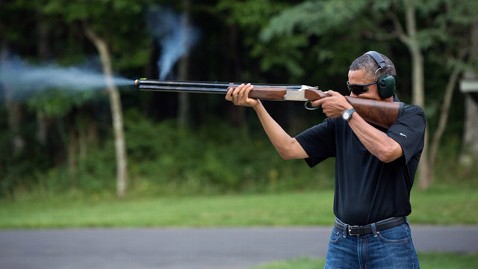LONDON: On-loan striker Andy Carroll scored only his second goal of the season as West Ham United won 1-0 at home to Swansea City on Saturday to end a run of four Premier League games without victory.
West Ham were largely dominant at Upton Park but could find no way past Swansea's inspired goalkeeper Gerhard Tremmel until Carroll powered home a header from a corner with 13 minutes to play.
Victory lifted West Ham two places to 11th in the table, while League Cup finalists Swansea remain eighth after a first defeat in eight games.
Eager to prevent Swansea from settling into their usual passing rhythm, West Ham snapped into their tackles from the off and Ricardo Vaz Te was booked for a lunge at Wayne Routledge in the eighth minute.
Carroll, on loan from Liverpool, was making his first West Ham start since November 28 and the hosts looked for him at every opportunity as they began to impose themselves on the game.
Tremmel did brilliantly to prevent Kevin Nolan putting West Ham ahead from close range in the 21st minute after Joey O'Brien left Routledge for dead with a step-over on the right flank.
A second contest between Nolan and Tremmel in the 37th minute produced the same result, with the German saving superbly after the home skipper took aim from a Carroll knock-down.
Tremmel came to his side's rescue again shortly before half-time when he diverted a 25-yard shot from Vaz Te around the post.
The hosts remained on the front foot in the second period, with Tremmel repelling Vaz Te again and Carroll hoisting the ball wastefully over the Swansea crossbar from a Matt Jarvis cut-back.
Belatedly, Swansea reacted, Pablo Hernandez testing Jussi Jaaskelainen from a free-kick and top scorer Michu nodding a cross from Hernandez over the top.
Tremmel unleashed yet another fine save to thwart Carroll before the visitors' resistance finally subsided in the 77th minute.
Carroll cleverly shook off the attentions of Ashley Williams inside the Swansea box before planting a header past Tremmel from a corner.
In response, Jaaskelainen saved from Ki Sung-Yueng and then sprang to his feet to block Ben Davies' follow-up effort, while the hosts also survived a desperate scramble inside their own area in the dying stages.
English Premier League results:
Arsenal 1 Stoke 0
Everton 3 Aston Villa 3
Fulham 0 Manchester Utd 1
Newcastle 3 Chelsea 2
QPR 0 Norwich 0
Reading 2 Sunderland 1
West Ham 1 Swansea 0
Wigan 2 Southampton 2
- AFP/de











